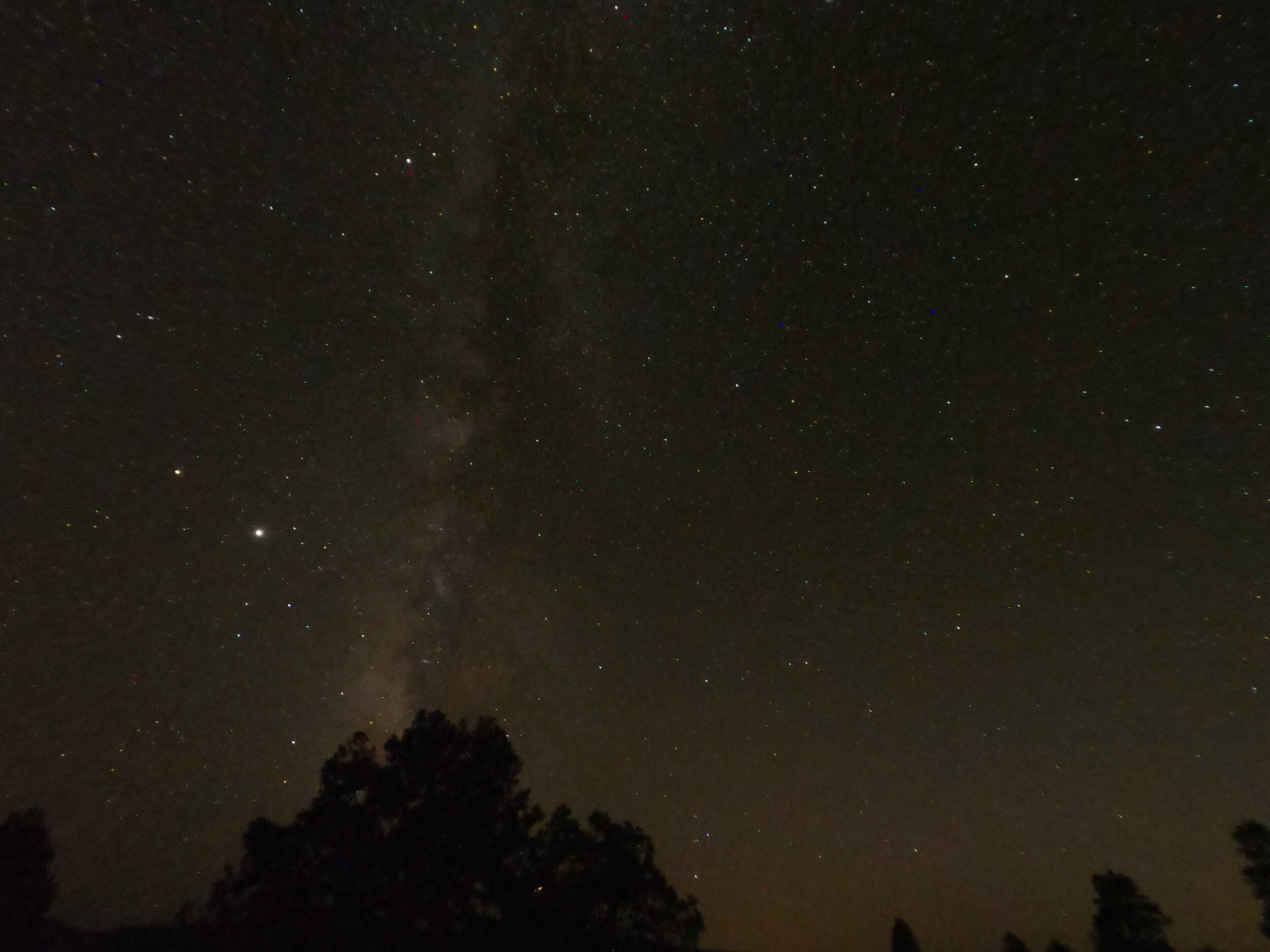Dates we visited: October 3rd-5th 2020
Where we stayed: Dixie National Forest
The feeling of walking through a forest and then suddenly emerging at the edge of a cliff overlooking a multicolored and dynamic canyon is hard to put into words. Bryce Canyon National Park, our second of five Utah parks, offered us family friendly trails and stunning vistas. We were lucky to be able to experience this park both in the evening as well as the early morning, each giving the park it’s own unique personality.
Dixie National Forest Boondocking
After our failed boondocking attempt near Zion we were a little nervous to try again, however this time it went much better. I was able to locate what appeared to be a suitable area of U.S. Forest Service Land using the Dyrt and Google Maps, but I wasn’t able to actually scout it out in person. Luckily, when we arrived, we found an available and relatively easily accessible campground within about twenty minutes.
If you are looking for a good, free, boondocking experience while visiting Bryce Canyon, definitely check out the FR117 dispersed camping area off of highway 12.
We had great stargazing conditions here, and enjoyed sitting out together to experience the evening. The one downside to this spot was that it was dusty. Perhaps it was the spot we picked, or maybe it’s just a fact of camping in this area, but we had planned to stay here for two nights, and ended up moving on after one due to the dust.
Fairyland
Our first stop in Bryce Canyon was Fairyland Point. This overlook is at a turn off right after the park sign, but before the formal entry gate. While there is a trailhead here, the trails are rather challenging with relatively steep drop-off exposure, so we just took in the sights from the overlook.
Some of the defining features of Bryce Canyon are the rock formations called hoodoos. While this is obviously a fun word to say, these unique spire-like rocks are even more fun to see. Imagine tall, roughly cylindrical shaped, red rocks scattered across the landscape. Some of them larger on their tops than their bottoms.
Sunrise to Sunset
Just inside the park is an area called Bryce Canyon City. The visitor center is nearby, along with campgrounds and a multitude of trails. There are two popular observation points called Sunrise Point and Sunset Point that are about a half mile away from each other. There is a popular and easily accessible trail that runs between the two point along the rim of the “canyon” (turns out it’s not technically a canyon, because it wasn’t carved by a river). In theory the views are best from each point at the time of day for which they are named. However, we found that each offered stunning views of the expansive hoodoo filled canyon at any time of day.
TIP: Try visiting Sunrise Point at sunset. Most of the crowds understandably flock to Sunset Point at sunset, but Sunrise Point offers a wonderful perspective with fewer people.
Scenic Drive
The scenic drive in the park is Highway 63. The road runs from the park entrance all along the rim with a number of overlooks, trailheads and interesting features along the way. We made a brief stop to check out the Bryce Natural Bridge, which is a stunning rock arch formation, before continuing on up to the end of the road at Rainbow Point.
After gawking at the vast expanse of unique geology at Rainbow Point, we completed the short Bristlecone Loop Trail. This trail was great for Owen, as well as Kristy and I. It meandered through the woods, with options to shorten or lengthen the hike, and had spurs to overlooks in all directions.
Bryce Canyon stunned us with the surprisingly quick transition from forest to eroded cliffs. We found it hard to wrap our heads around the natural forces capable of creating such a dramatic landscape. Next time we visit here we would love to tackle one of the more challenging hikes down into the canyon area. The view from above was spectacular, but I would imagine the view from ground level to be a totally different and unique experience.


